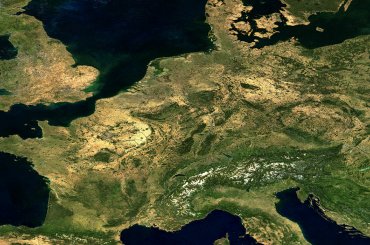Landscape functioning and natural hazards
The world around us is regulated by a wide variety of natural processes that impact our human life. Water as an example is essential for our daily lives but too much water causes flooding, erosion or landslides while too little water (drought) causes crop failure, consumable water shortage or wind erosion. A good understanding of these land surface processes and how they will change in the coming decades given climate change helps us to safeguard our living environment.

We strive to understand land surface processes and how natural and human factors influence them. We collect data necessary for understanding critical interactions between vegetation, soil, rock and water, through field measurements and laboratory experiments. We built computer models based on this data to mimic these processes and run scenarios of climate change or human impact.
Our group focuses on studying natural hazards processes: including landslides and soil erosion in mountainous areas in the Alps and the Himalayas, and wind erosion and droughts in semi-arid environments like the Mediterranean region and the Sahara. The results of our studies and the outcome of our models helps society to mitigate the negative impacts of hazards.

Debris-flow hazards
Mass movements are hazardous events that may cause up to tens of thousands of fatalities. These types of mass movements are often triggered by high volume, high intensity rainfall events, intensive snow melt, and earthquakes.

Drought in the Netherlands
While the Netherlands is known for its battle against floods, drought have been affected the country for three consecutive years.
Staff
Sheng Fu MSc
Email: s.fu@uu.nl

